I'm designing an interface PCB for an Advanced Energy Ultravolt E series high voltage power supply, which has a voltage set input and a current monitor output. Because of the possibility of arc discharge/sparking at these voltages, I want to be able to set a current limit. At minimum this would be an overcurrent shutoff, better would be to reduce the output voltage to the level where the current is equal to the current limit.
I immediately thought of the following circuit:

simulate this circuit – Schematic created using CircuitLab
(note that M1 is effectively inverting, which is why the feedback signal I_monitor goes to the positive input to OA1)
I assume that I could make R2 high resistance or make R3/R2 small to make this stable, but the former makes this slow to respond and the latter makes it less effective as a current limiter (ideal circuit has R3 open). I could also put a capacitor in parallel with R3, giving the same high-frequency roll-off as making R2 large. What would you recommend?
For the overcurrent shutoff, I imagine the same type of circuit with I_set and I_monitor going to a comparator instead of an op amp, so that for overvoltage the voltage set goes to zero instead of attempting to linearly limit the voltage.